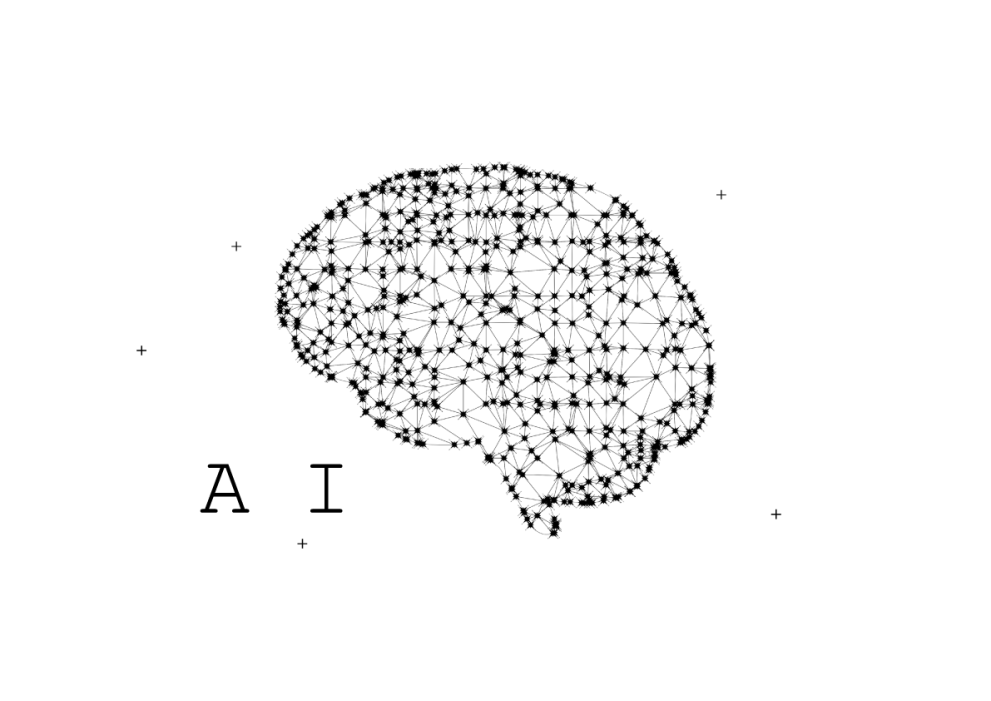
Artificial Intelligence (‘AI’) has become one of the hot topics of our time, to such an extent that separating the serious from the frivolous can become, in some cases, a hard task. However, it is undisputed that data availability, new ways of processing it and its applicability play a central role in the development and growth of the so-called ‘Industry 4.0’.
AI can be perceived not only as a technology increasing productivity, but also as a new production factor, enabling a new interaction between human and machines that constitutes a hybrid of capital and labour. AI has disrupted many industries, such as the banking and medical sector.
The Intellectual Property (IP) industry is not an exception, and different software based on AI technologies are already being used and implemented throughout the globe in order to help the legal community increase their efficiency and assist final users and applicants in successfully conducting different tasks. The implementation of AI-based technologies can be tremendously positive for many companies, including SMEs that, without making large investments, can benefit from the bounties of AI.
Most of AI-based tools aim to help IP professionals to better achieve their corresponding activities. However, these tools can also be of tremendous use to applicants without IP knowledge, from common inventors to entrepreneurs wishing to register their trade mark.
Note that AI-based technologies are far from being the answer to everything, but they can provide very efficient solutions to specific tasks or problems that traditional technology could not solve.
That said, in the IP arena there are three major areas where the implementation of AI-based technologies is taking place in order to automate and increase different activities, such as: (i) IPRs Registration, Evaluation and Access; (ii) Intellectual Property Asset Management; and (iii) Assistance in the IPRs Enforcement Phase.
This post will analyse the first scenario, where Intellectual Property Offices (“IPOs”) constitute a basic enabler in order for the general public to benefit from technologies.
Such benefits could be categorised, according to the World Intellectual Property Office (“WIPO”) in, mainly, six different ways: (i) automatic classification of patents and goods/services for trade mark applications; (ii) search regarding figurative elements of trade marks and patents, prior art; (iii) examination of formal requirements regarding trade mark and patent applications; (iv) automation of helpdesks and customer service; (v) AI powered translation software; and (vi) data analytics for economic research.
Some relevant examples of said tools, which could be helpful for EU SMEs wishing to internationalise to Latin America, are:
Tools developed by the World Intellectual Property Office
IPCCAT
WIPO developed the International Patent Classification-CAT (IPCCAT), a project aimed at applying AI to categorise patent documents in a specific context by reproducing past registered patent classification practices. The application of neural network technologies helps applicants and patent examiners of different IPOs classify relevant patents in technical units based on their class, sub-class and groups of the International Patent Classification.
This is not their only use, since there are additional circumstances for the exploitation of such technology, such as the review, analysis and extraction of documents according to pre-selected patterns. Furthermore, this use could be applied to many other areas, as is the case of trade marks, which have been explored in the particular example of AI for the Nice Classification (“NCL”).
AI-powered image search technology
Another interesting project carried out by the WIPO is the launch of a deep neural network and state-of-the-art technology leveraging figurative elements classification data in order to identify similarities between colours and shapes of distinctive signs.
Remember that trade mark protection is also granted to limited shapes and colours (Tiffany Blue) and figurative elements like the Instragram logo.
Said AI-powered image search technology is, of course, a free tool available to users, which can be accessed through the WIPO Global Brand Database. It gives a preliminary idea of potential similar trade marks and, although an additional analysis is recommended, it does add legal certainty to the market.
WIPO – Translate
WIPO translate is a free translation tool available on PATENTSCOPE. This highly accurate technology enhances complex neural networks to generate translations of patent documents in ten different languages.
In that sense, it provides easy access to final users, IP professionals, IPOs and other national authorities in need of translations. It can therefore be concluded that this type of tools disseminates knowledge, promotes innovation and removes language barriers while also reducing costs.
Uruguay
Helpdesk Services
The Uruguay IPO uses an internal system in order to guide IPR applicants through the application procedure and collect useful information regarding the use of the online application system.
Moreover, since 2018, the Uruguay IPO is working towards the enhancement of previous technology that would automatically conduct tasks such as: (i) e-mail confirmations; (ii) surveys and updates of personal data; or (iii) notification of evidences.
The previous examples are free tools available for SMEs in order to facilitate the access to the protection of intangible assets. However, in addition to the scenarios mentioned above, private sector companies provide additional services that seek the automation of different tasks that may have a potential impact on companies where IP protection is a competitive advantage, which is why they deserve further analysis and attention.
Author:
Details
- Publication date
- 19 May 2020
- Author
- Executive Agency for Small and Medium-sized Enterprises
